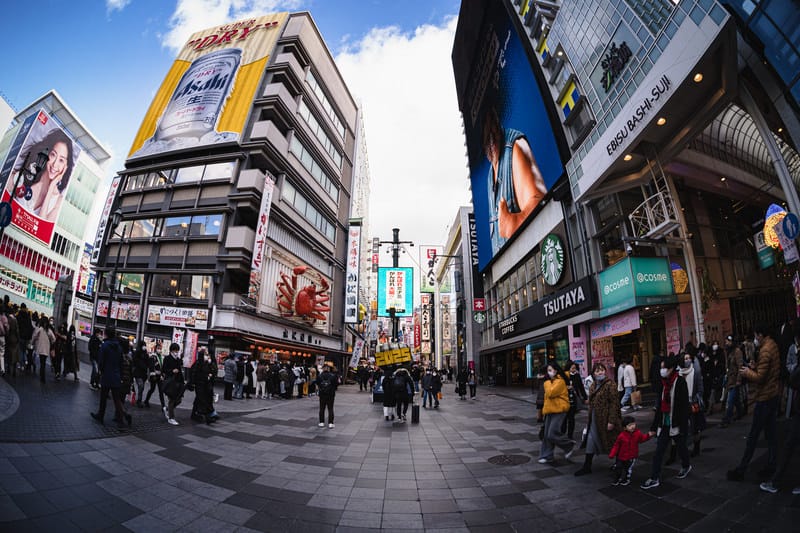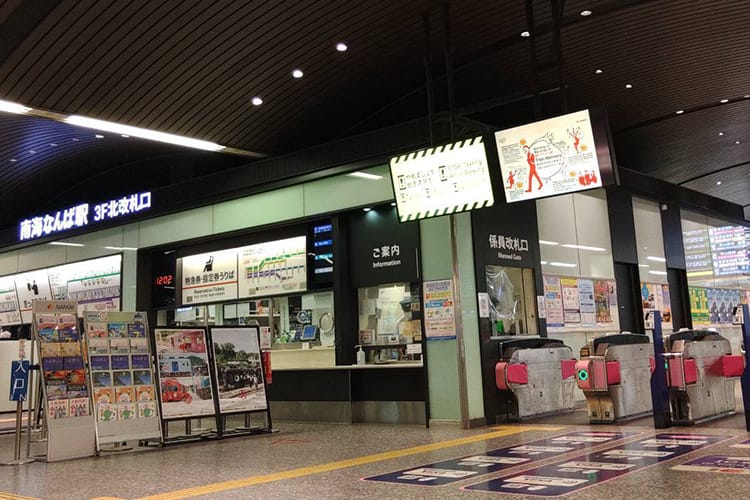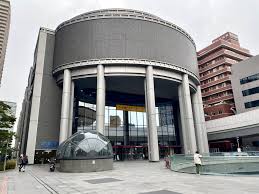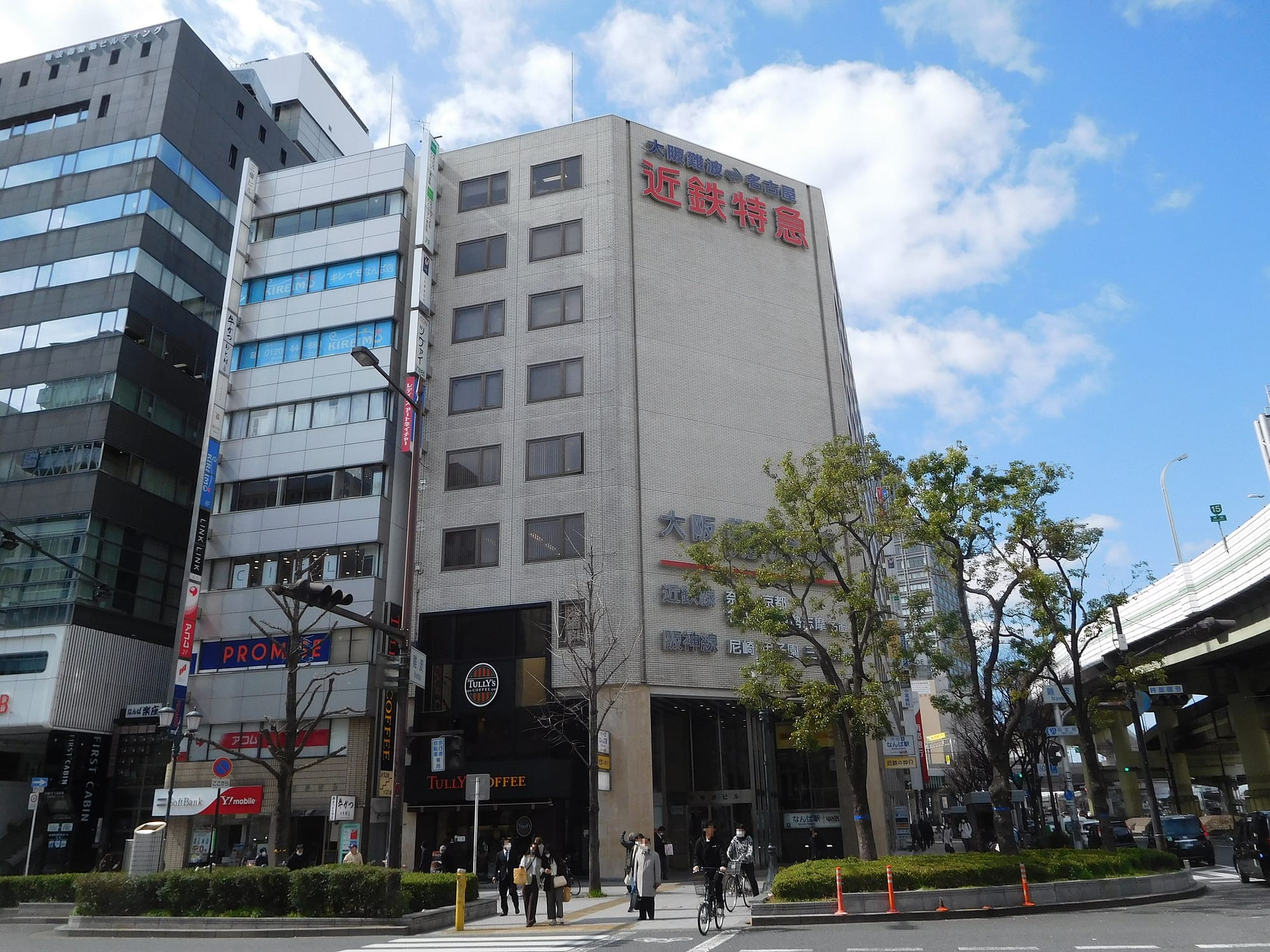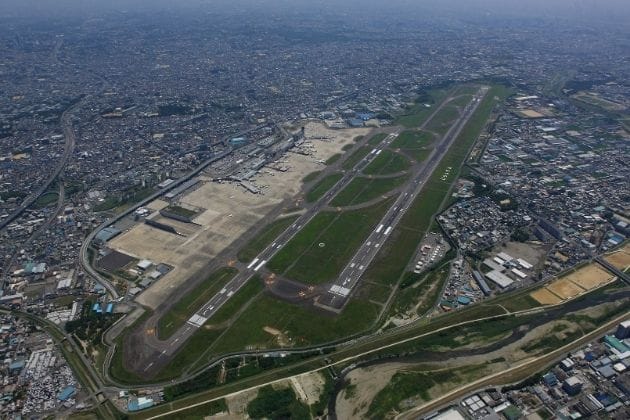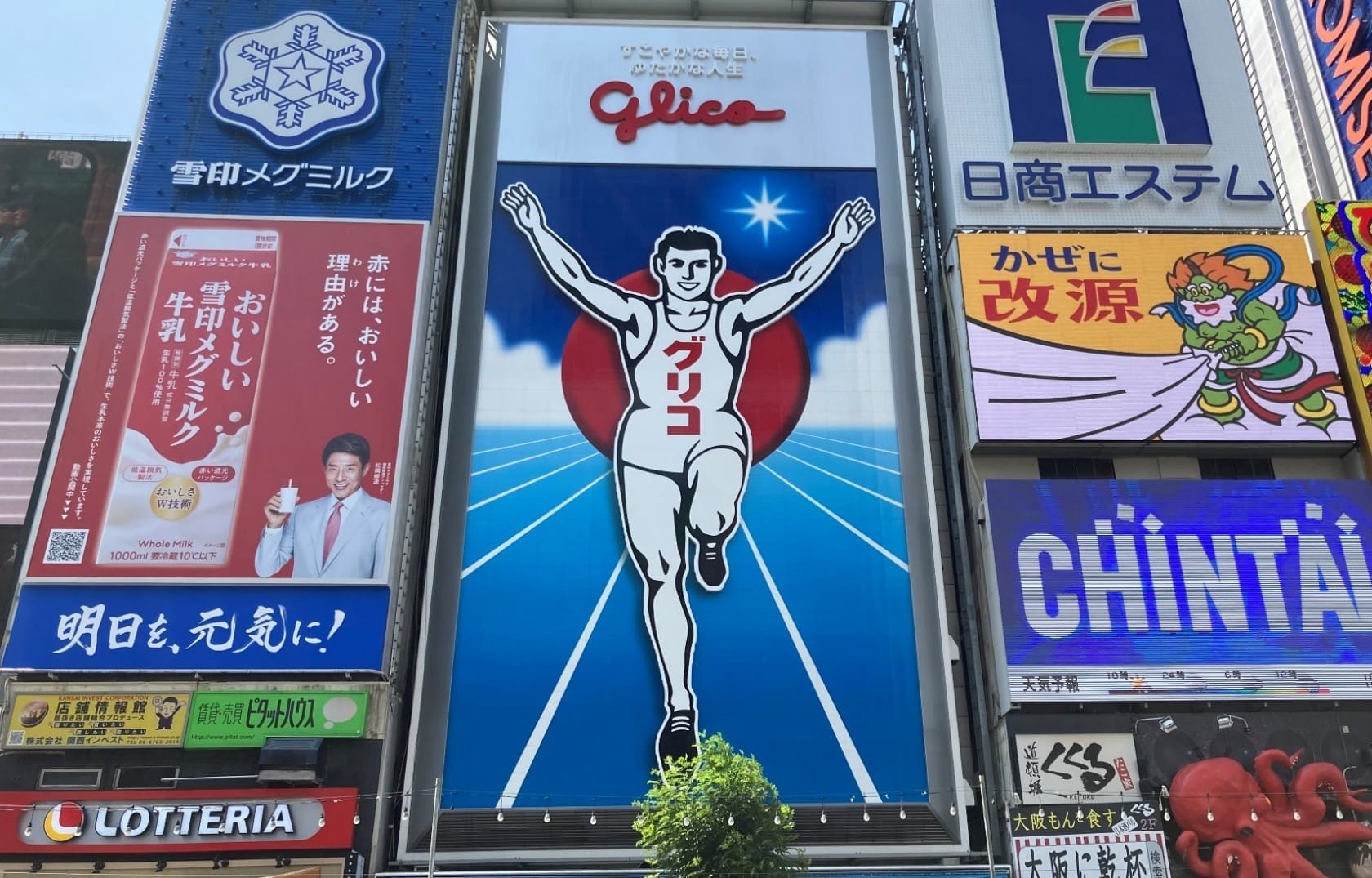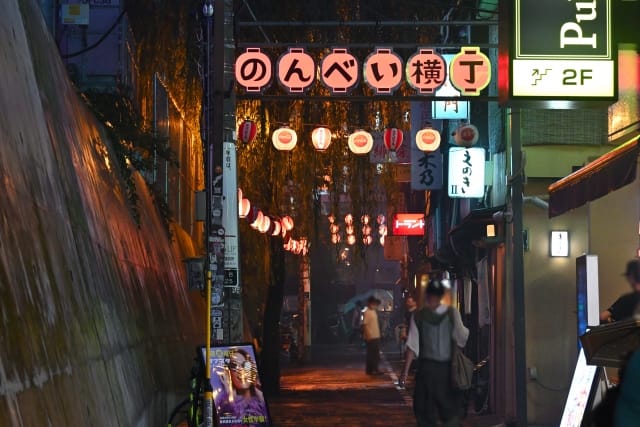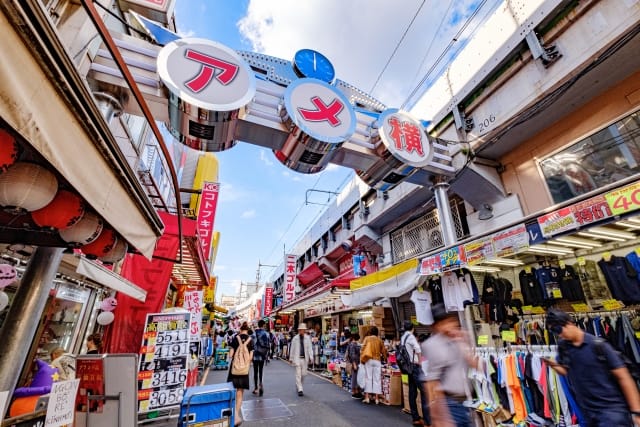Namba Station Access and Guide with Sightseeing Spots
I love Osaka's culinary scene and visit at least three times every year. I've extensively updated this article to share must-visit tourist spots and new charms of Osaka that I discovered during my four research trips in 2024. I've also included the latest information for 2025 to make this article even more helpful.
Another reason for updating this article is the growing interest in tours that offer a deeper experience of Osaka. While Osaka is known for its developed food culture and numerous excellent restaurants, it can be challenging to find places that are truly beloved by locals.
This is why tours guided by local residents have become popular. In fact, our company Magical Trip's local-guided tours ranked No. 1 among all tours on Tripadvisor in 2024.

For those wanting to savor Osaka's exceptional cuisine, I recommend joining the "Osaka Local Foodie Tour in Dotonbori and Shinsekai." You can fully enjoy Osaka specialties like kushikatsu, takoyaki, and okonomiyaki with guidance from local residents.
If you enjoy drinking, try the "Osaka Bar Hopping Night Tour in Namba," where you can enjoy Osaka cuisine while bar hopping. An expert guide who knows Osaka inside and out will show you around Dotonbori and Namba, areas where it's typically difficult to find good establishments.
I hope you'll be able to fully enjoy Osaka with no regrets by joining the Magical Trip tour!
Introduction
Osaka is Japan's second-largest metropolitan center after Tokyo, home to about 7% of Japan's total population.
Known as the "Nation's Kitchen," Osaka has developed its unique culinary culture. The city also boasts numerous famous tourist attractions that captivate both domestic and international visitors. Historical spots like Osaka Castle and Osaka Tenmangu Shrine are also popular.
Among the tourist spots, "Namba" is located in the heart of Osaka and is one of the city's premier destinations. It's close to the hugely popular tourist areas of Dotonbori and Shinsekai.
As a terminal station, Namba offers convenient transport access to various tourist destinations around Osaka. However, Namba Station is served by six different train lines, making it famously challenging for tourists to navigate.
In this guide, we'll explain each line and station that connects to Namba Station. We'll also introduce tourist spots and attractions accessible from Namba.
Use this guide to navigate Namba Station without getting lost and make the most of your visit to Osaka.
After enjoying Namba area during the day, enjoy excellent Osaka cuisine and bar hopping in Dotonbori at night.
You can enjoy sightseeing in Osaka more comfortably by using the following guides as well as tours.
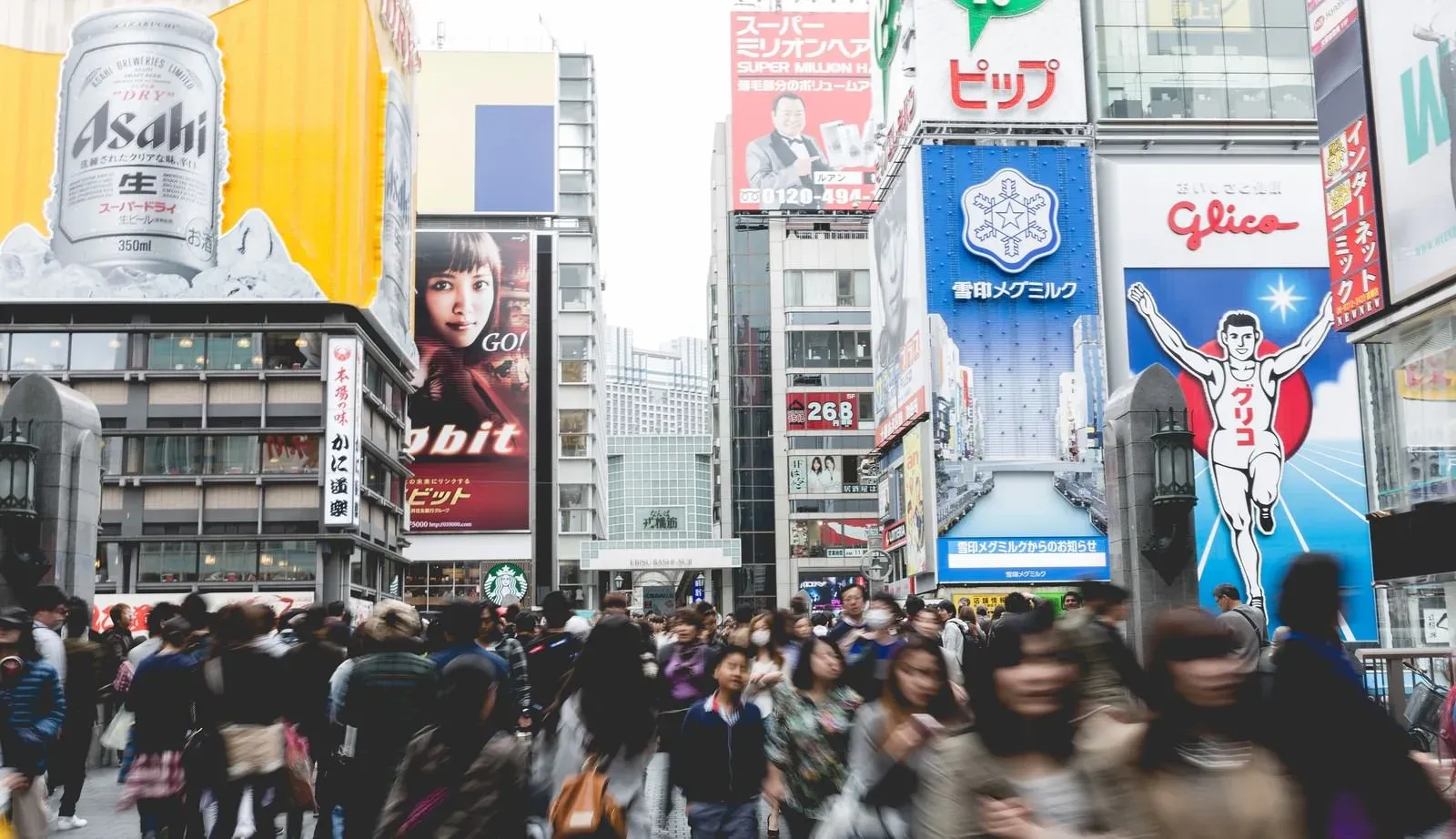
"Namba" - One of Osaka's Representative Downtown Areas Spanning Chuo and Naniwa Wards
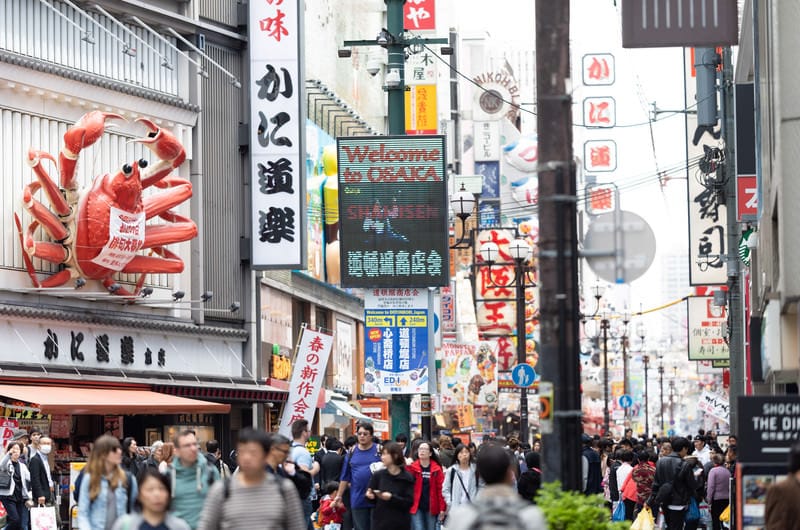
The Namba district is a representative downtown area of Osaka, spreading across the Naniwa Ward.
Namba is where Osaka's culture converges. It's close to iconic Osaka tourist spots like Dotonbori and Shinsekai, and the popular shopping street of Shinsaibashi is just nearby. The entire Namba area is packed with delicious restaurants, izakayas, and gourmet shops.
Large shopping complexes and theaters like Namba Parks are gathered around Namba Station. There are also famous shrines and temples such as Hozenji Temple and Namba Yasaka Shrine.
As you can see, Namba is an area you must visit when you come to Osaka. There are plenty of iconic sights throughout the streets that you'll want to photograph, like the lively signboards and neon signs.
[Caution] There are Six Stations Named "Namba" for Different Lines
Namba is an absolute must-visit area for Osaka sightseeing. However, the Namba area has six stations with "Namba" in their names, making it quite complex.
The stations are: "Nankai Namba Station" on the Nankai Line, "Osaka Metro Namba Station" on each of the Osaka Metro Midosuji Line, Sennichimae Line, and Yotsubashi Line, "JR Namba Station" on the JR Line, and "Osaka Namba Station" on the Kintetsu and Hanshin Lines.
Each line connects to different directions such as Umeda, Nara, and Hyogo. You need to choose the right station depending on where you're going to or coming from.
It might be a bit challenging for tourists unfamiliar with train systems in Japan's big cities. Namba Station is particularly famous for being confusing even for Japanese people.
Here, we'll explain the characteristics of the six stations and lines. We'll also briefly explain which one to use when going to or coming from different places.
Nankai Namba Station
Source:Official website
Nankai Namba Station is located inside a large building. The building houses famous department stores like "Osaka Takashimaya" and large shopping facilities like "Namba CITY." It's the only "Namba" station that's above ground among the six.
Nankai Namba Station is on the Nankai Line. The Nankai Line connects Namba Station in Osaka to Wakayama Prefecture next door.
In most cases, when you come to Namba from Kansai International Airport, you'll arrive at Nankai Namba Station.
Nankai Namba Station is convenient for accessing Koyasan in Wakayama Prefecture, famous for its Buddhist temples. It's also useful for visiting shopping facilities like the aforementioned Takashimaya and Namba CITY, as well as theaters like Namba Grand Kagetsu.
Osaka Metro Namba Station
Source: Wikipedia
Osaka Metro Namba Station refers to the subway station operated by Osaka City. You can find the ticket gates when you enter the underground floor around Nankai Namba Station.
Three subway lines serve Osaka Metro Namba Station:
1. Midosuji Line
2. Sennichimae Line
3. Yotsubashi Line
The platforms for each line are connected within the underground station complex. It might be a bit complex for first-time users, but we'll explain the characteristics of each one.
Midosuji Line
The Midosuji Line connects "Umeda Station," "Shin-Osaka Station," and "Namba Station." Osaka Metro uses color coding for its lines, and the Midosuji Line's color is "red." Look for red signs when transferring or following station guides.
If you're coming to Namba from Nara Prefecture, a neighboring prefecture with many tourist attractions, using the Midosuji Line is convenient.
The Midosuji Line is mainly used for access from "Namba" Station to major Osaka stations like Umeda Station and Shin-Osaka Station.
It's also used when going to Tsutenkaku, a popular tourist spot. To visit Tsutenkaku, get off at "Dobutsuen-mae Station" on the Midosuji Line.
Sennichimae Line
The Sennichimae Line connects Noda-Hanshin to Minami-Tatsumi. The line color for the Sennichimae Line is "pink."
The Sennichimae Line is used when coming to Namba from "Nipponbashi" or "Tsuruhashi." "Nipponbashi" is famous as an electronics district with many electronics shops and computer stores. "Tsuruhashi" has a Koreatown with many Korean barbecue restaurants and Korean cuisine establishments.
It's also useful for going from Namba to downtown areas like Shinsekai. In that case, transfer to the Sakaisuji Line at "Nipponbashi" station.
Yotsubashi Line
The Yotsubashi Line's "Namba" station is located a bit apart from the Midosuji and Sennichimae Line stations. Follow the signs with English translations to navigate the underground ticket gates. The Yotsubashi Line's color is "blue."
The Yotsubashi Line connects Nishi-Umeda to Suminoe Park. As it mainly passes through business districts, you might not use it much for sightseeing.
The Yotsubashi Line is convenient for accessing Amerikamura, famous for its apparel shops and second hand clothing stores. Amerikamura is at "Yotsubashi Station," one stop from "Namba" station.
JR Namba Station
Source: Wikipedia
JR Namba Station is characteristically located a bit away from the other Namba stations. It's about a 10-minute walk from Nankai Namba Station. You can take either the aboveground route or the underground shopping street "Namba Walk."
The station has a high-speed bus terminal attached. Limousine buses from Kansai International Airport and Osaka International Airport arrive here.
The JR Line runs throughout Japan and connects Nara and Osaka.
The JR Line is convenient for access from Nara to Namba/Osaka, along with the Midosuji Line and Kintetsu Line.
You can also use the JR Line to access "Nipponbashi" Station and "Tsuruhashi" Station from Namba. It also provides access to "Tennoji" Station and "Shin-Imamiya" Station, which are often used as transfer points or for hotel access.
Kintetsu/Hanshin Osaka Namba Station
Source: Wikipedia
"Osaka Namba Station" is served by two lines: the Kintetsu Line and the Hanshin Line. "Osaka Namba Station" is right next to the "Namba" station on the Sennichimae Line.
The Kintetsu Line connects to Nara Prefecture, while the Hanshin Line connects to Hyogo Prefecture, northwest of Osaka.
You can come to Namba without transfers from "Kintetsu Nara" station, which is convenient for sightseeing in Nara. It's also directly connected to "Kobe-Sannomiya" station in Hyogo Prefecture. "Kobe-Sannomiya" is a popular tourist spot known for its stylish fashion stores and gourmet food.
Within Osaka Prefecture, it can be used to access Umeda from Namba. To go to Umeda, get off at "Osaka-Umeda" station. It's also convenient for accessing "Nishikujo" station to go to Universal Studios Japan. (Detailed access information will be provided later.)
If you are interested in Namba, check the article below! I summarized how and where you can enjoy Namba as much as possible.
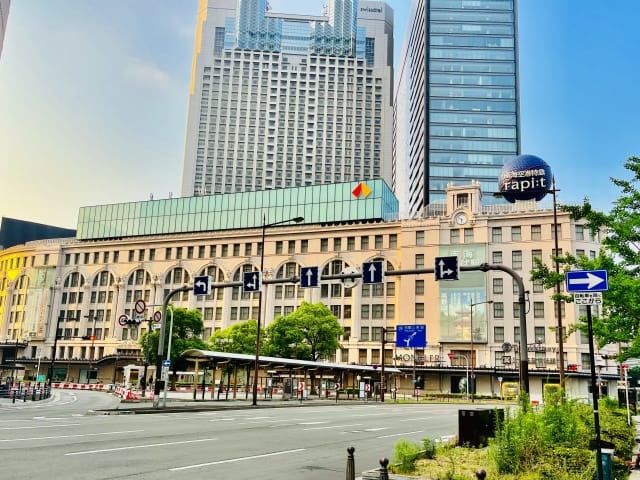
How to Access Namba? Explaining Routes from Umeda, Kansai International Airport, and Itami Airport
Access from Umeda
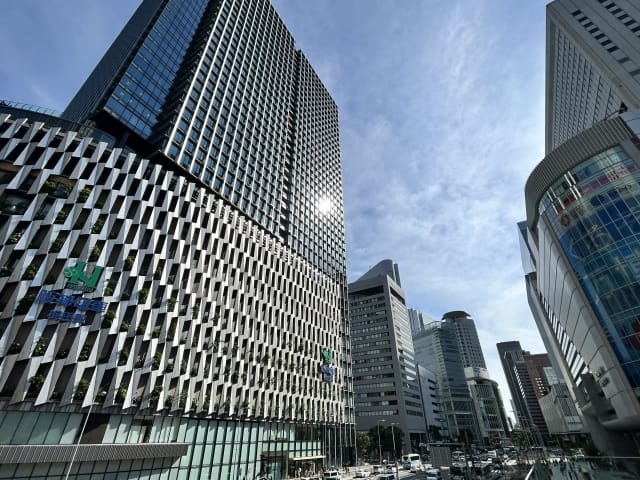
- Take the Osaka Metro Midosuji Line from "Umeda" (subway) station → Get off at "Namba" station (about 7 minutes) (240 yen)
- Take the Osaka Metro Yotsubashi Line from "Nishi-Umeda" (subway) station → Get off at "Namba" station (about 7 minutes) (240 yen)
- Walk 5 minutes from "Umeda" (subway) station to "JR Osaka" station → Take the JR Osaka Loop Line (inner loop) → Transfer to the JR Yamatoji Line at "Imamiya" station (or "Shin-Imamiya" station) → Get off at "JR Namba" station (5 minutes walk + about 20-30 minutes) (210 yen)
The easiest way to access Namba from Umeda is by using Osaka Metro. It's recommended as you can move smoothly without transfers.
Using the JR Line will take you to "JR Namba" station. Although there's a transfer, it's the cheapest option with a one-way fare of 210 yen.
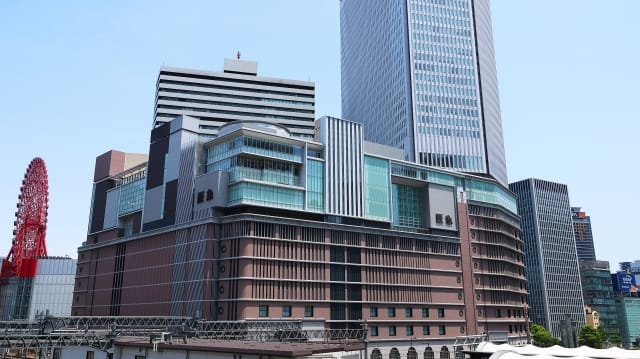
Access from Kansai International Airport
Source:Nikkei xtech
- Take the Nankai Line from "Kansai Airport" station → Get off at "Nankai Namba" station (about 46 minutes) (about 970 yen) (Using Nankai Limited Express Rapi:t: about 37 minutes, 1490 yen)
- Take the JR Direct Rapid Service bound for Tennoji from "Kansai Airport" station → Get off at "Tennoji" station and transfer to the JR Yamatoji Line → Get off at "JR Namba" station (about 64-67 minutes) (1080 yen)
- Take the limousine bus from Kansai International Airport (fare 1100 yen) → Get off at "Namba OCAT" in front of "JR Namba" station (about 60 minutes)
The simplest way to access Namba from Kansai International Airport is to use the Nankai Line regular train and get off at "Nankai Namba" station. This method is recommended as it doesn't take much time and is inexpensive.
If you're worried about navigating the station, using the limousine bus is a good option. It's the most comfortable way to arrive at the front of "JR Namba" station.
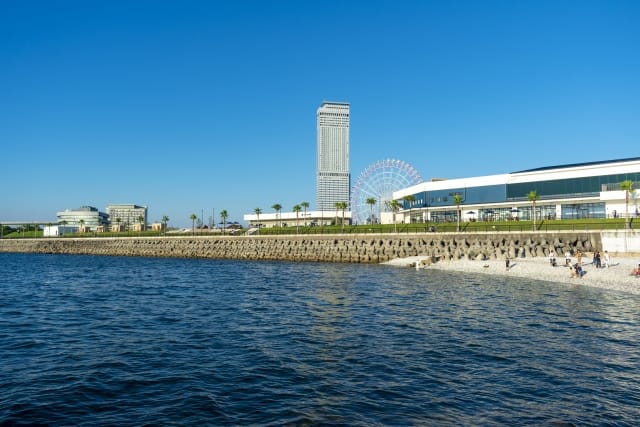
Access from Itami Airport
Source: Official website
- Take the Osaka Monorail from "Osaka International Airport Station" at Itami Airport → Get off at "Senri-Chuo" station and transfer to the Osaka Metro Midosuji Line → Get off at "Namba" station (about 40 minutes) (750 yen)
- Take the limousine bus from Itami Airport → Get off at "Namba OCAT" in front of "JR Namba" station or at a bus stop near Namba's downtown area (about 35 minutes) (about 640 yen)
For train access from Itami Airport to Namba, you can take the Osaka Monorail from "Osaka International Airport" station and transfer to other lines midway.
However, the transfers can be somewhat complicated. The limousine bus is recommended as it's easier to understand and doesn't take much time.
Explaining Easy-to-Access Tourist Spots from Namba with Access Methods
Dotonbori
Source: Glico
Dotonbori is Osaka's representative downtown area located near Namba Station. It's packed with numerous restaurants, izakayas, and theaters.
The main attraction of Dotonbori is its lively Osaka-like scenery. The giant crab object sign and the distinctive sign of the confectionery maker Glico are particularly famous. Also, many giant signs line up around the Ebisubashi bridge in Dotonbori. At night, colorful neon lights illuminate, creating a dazzling spectacle.
The gourmet scene is also noteworthy. In Dotonbori, you can fully enjoy Osaka's signature dishes like takoyaki, okonomiyaki, and kushikatsu.
Access from Namba:
5-7 minutes on foot from the north ticket gate of Osaka Metro Midosuji Line. Walk through the underground shopping street " Namba Walk," then surface and go through the Ebisubashi-suji shopping street to reach Dotonbori.
If you are interested in Dotonbori, check the article below! I summarized how and where you can enjoy Dotonbori as much as possible.

Shinsekai
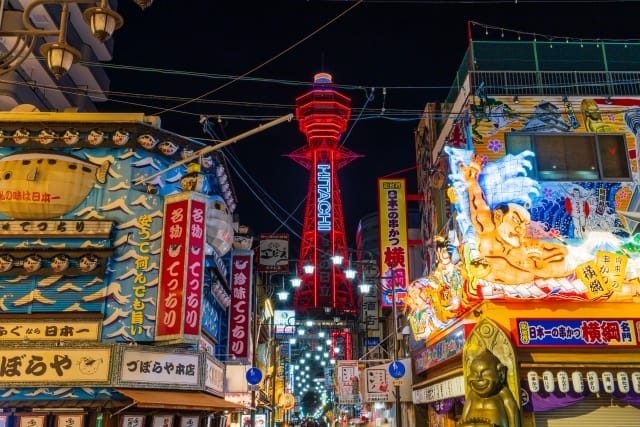
Shinsekai is a tourist spot where you can experience a deeper side of Osaka culture. It's a downtown area characterized by retro streetscapes and eateries.
One of Shinsekai's highlights is Tsutenkaku, which is also an Osaka landmark. This 108-meter-tall observation tower offers a panoramic view of Osaka from its observation deck. At night, it's lit up, creating a flashy spectacle alongside Shinsekai's streetscape and neon signs.
Another popular spot is the retro dining street called Jan Jan Yokocho. It's home to long-established, inexpensive, and delicious eateries loved by locals.
Access from Namba (two options):
1. Take the Yamatoji Line from "JR Namba" station → Get off at Shin-Imamiya station (about 4 minutes) → About 5 minutes walk to Tsutenkaku (about 140 yen)
2. Take the Midosuji Line from Osaka Metro "Namba" station → Get off at "Dobutsuen-mae Station" (about 4 minutes) → About 5 minutes walk to Tsutenkaku (about 190 yen)
If you are interested in Shinsekai Area, check the article below! I summarized how and where you can enjoy Shinsekai Area as much as possible.
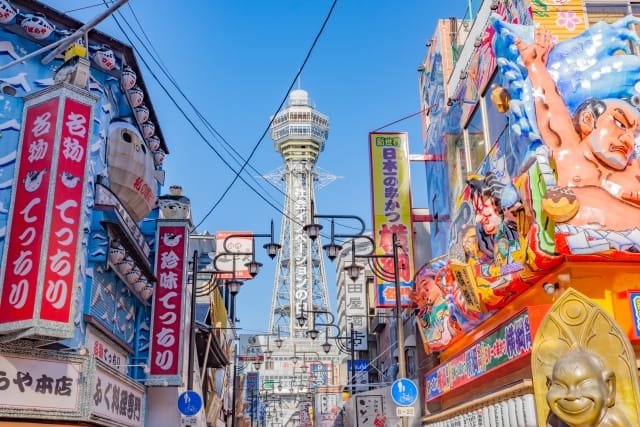
Universal Studios Japan
Source: Official website
Universal Studios Japan is a massive theme park in Osaka, one of the largest in Japan. Opened in 2001, it's one of Japan's largest theme parks and is loved by many.
You can enjoy attractions themed after world-famous movies like Harry Potter. Attractions and shows based on Japanese anime and game franchises like One Piece and Pokémon are also hugely popular.
The recently expanded Nintendo area, where you can experience the world of Super Mario, has been creating a lot of buzz. It's highly recommended for game enthusiasts.
Access from Namba:
Take the Hanshin Line from "Osaka-Namba" station → Get off at "Nishikujo" station and transfer → Take the JR Yumesaki Line from JR "Nishikujo" station → Get off at "Universal City Station" (about 14 minutes) (about 390 yen)
*There are other ways to get to "Universal City Station" by going to "Nishikujo" station via JR Line or Nankai Line.
<Information>
- Address: 2 Chome-1-33 Sakurajima, Konohana Ward, Osaka, 554-0031
- Closed: Irregular
- Phone: 0570-200-606
- Hours: 8:00-22:00 (varies by day)
- Official website: https://www.usj.co.jp/web/en/us
If you are interested in Universal Studio Japan, check the article below! I summarized how and where you can enjoy Universal Studio Japan as much as possible.

